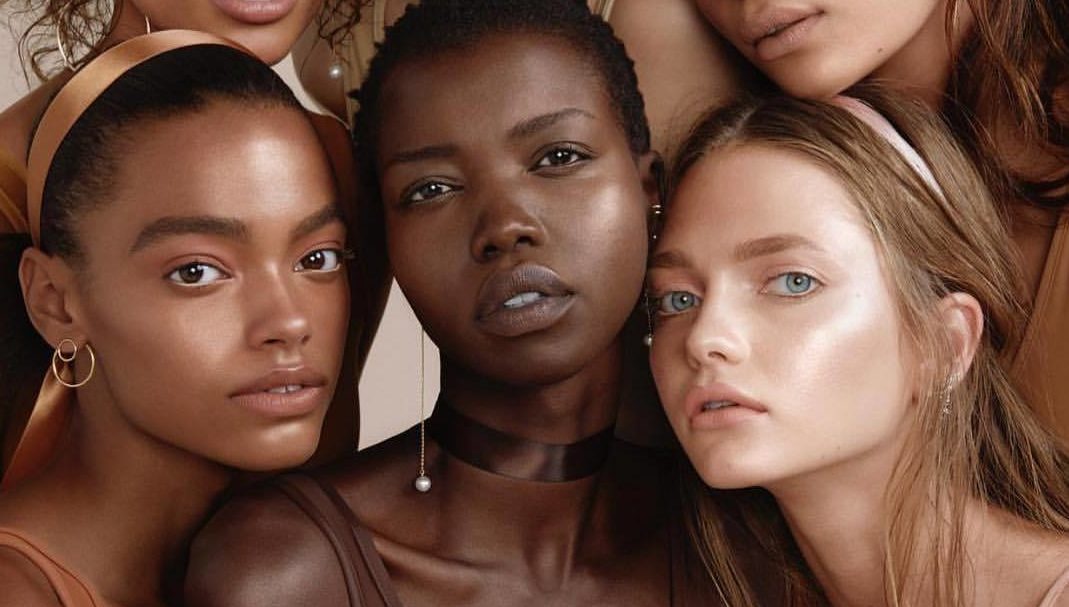A lot of ignorance still surrounds the term ‘colourism’. Many probably have not even heard of it before or do not know what it means. But as a crucial arm of global White supremacy and systemic racism, it is essential that we understand.
Colourism is the privileging of people of colour with lighter complexions over those with darker complexions. It is a direct descendant of racism, and a prevailing aspect of global White supremacy – and yet is seldom mentioned in mainstream conversation.
Speaking to BBC Newsnight, Kenyan Academy Award winner Lupita Nyong’o recently said colourism is “the daughter of racism”. Known for her supporting role in 12 Years A Slave, she spoke of her own experience of being told she was ‘too dark’ for TV, and of her lighter-skinned sister being credited with a beauty that she was often not.
So how is it that so few people know what colorism is?
When representation of people of colour in media is still far below what it should be – with White actors cast in 71% of speaking roles in Hollywood’s top 100 films of 2017 – we may ignorantly believe that simply an increase in representation is something to celebrate.
But we must question that representation further: are we only seeing those people of colour who diverge least from European ideals? This is what colourism does; it further sorts people in our racialised hierarchy, with White European identity sitting at the top.
Colourism means that people of colour who are closer in appearance to Whiteness are more acceptable. It lets through the cracks those that challenge our ideals the least. If a person of colour is cast in a role, colourism makes us more likely to choose those of lighter complexion.
In pop music, for example, a study found that over a 15-year period, lighter-skinned Black women – such as Beyoncé, Alicia Keys, Rihanna, and Mariah Carey – dominated the charts. Beyoncé’s own father believes that if she had been darker-skinned, “it would’ve affected her success”.
Despite only gaining recognition recently, colourism is no new concept, long used as another way to embed global white supremacy and control people of colour.
During slavery, lighter-skinned enslaved people worked in the house, a position of higher authority and respect, and darker-skinned enslaved people worked in the fields.
Those furthest from Whiteness were seen as the toughest but most contemptible, with those closer to Whiteness seen as more trustworthy.
This important nuance to racism and racial representation needs to be acknowledged. We must see how colourism supports White supremacy, in further privileging White European identity. Racism and colorism are not separate issues; we cannot work against the former without ensuring we are also fighting the latter.
If we include people of colour in films, in workplaces and in politics, but we only include those closest to the White-European ideal, we are not challenging this hierarchy, but still subscribing to its system and values.
Image Credit: The Guardian

